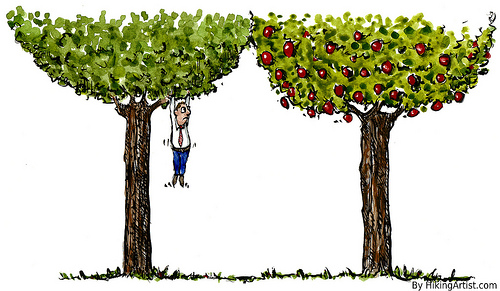
Conclusion
 Right, well now all is said and nothing is done yet, so, let’s see where that leaves us.
Right, well now all is said and nothing is done yet, so, let’s see where that leaves us.
Whether the hunger to publish stems from a burning desire to be read or from the belief that writers earn millions, the only way to satisfy that appetite is to get the book in the hands of as many readers as possible.
So, it is a business, and needs to be tackled as a business, with a n eye for costs, benefits and feasibility factors.
On the face of it, publishing with a publishing house, whether traditional or online, as a low feasibility, low returns for the writer and zero freedom in determining the book price, yet it requires a growing involvement in the marketing process. With all these handicaps, it is an excruciatingly slow process with very little chances of success. Perfect for procrastinators and people hooked on waiting, or for big names that make the front page regularly. Though, as most of the latter use a ghostwriter, there qualification as writers is questionable.
Self-publishing, on the other hand, has a maximum feasibility, as it is open to anyone with a computer and minimal technical knowledge. The main aspects to consider are distribution and marketing. Both these are time consuming and require active participation. The marketing effort is the same for all self-publishers, whether they play solo or rely on a publishing platform services, as publishing platform offer virtually no marketing other than kid advices and ranking, which only applies to already selling books.
So distribution it is the dominant relevant factor that will enable us to decide whether to go solo or rely on publishing platforms.
Not to worry, an entire post will be devoted to distribution in the near future.
At least, there is a general direction. Have a nice week.